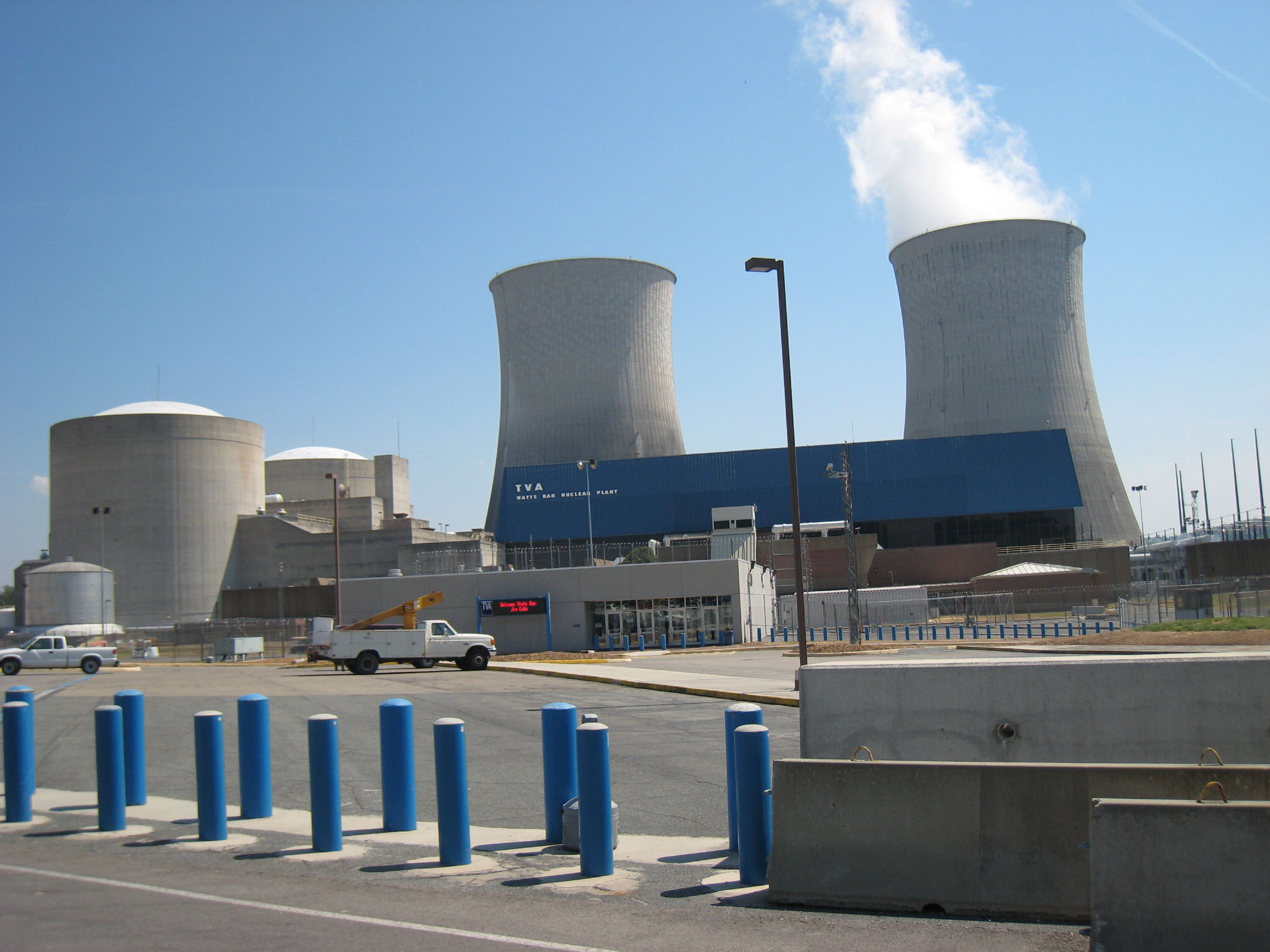Nuclear "near-misses" declineThe number of events at nuclear power plants that prompted special inspections by the U.S. Nuclear Regulatory Commission - dubbed "near misses" by the Union of Concerned Scientists - has declined over the past four years.2010: 192011: 192012: 182013: 14Source: Nuclear Regulatory Commission filings compiled by the Union of Concerned Scientists
Safety problems that triggered extra inspections or oversight by regulators declined again last year at U.S. nuclear power plants.
But a nuclear watchdog group said Thursday that the Nuclear Regulatory Commission continues to be marred by inconsistent enforcement and safety lapses in overseeing America's 100 nuclear power plants.
"Like Robert Louis Stevenson's classic character Dr. Jekyll, the NRC is plagued by a split personality," said David Lochbaum, the Chattanooga-based director of the Union of Concerned Scientists Nuclear Safety Project. "In many cases, the agency does an admirable job protecting the public and industry workers by enforcing safety regulations. But the agency too often turns into Mr. Hyde, and that kind of behavior could lead to a serious accident."
Lochbaum, who previously worked at TVA's Browns Ferry plant and spent a year working for the NRC as a reactor safety trainer, praised the agency for tightening oversight on aging plant components and for placing Georgia's nuclear licensing and inspection program on probation for lax performance.
But in its annual report on the nuclear power industry, the Union of Concerned Scientists repeated its criticism of the NRC for not requiring all utilities to transfer spent nuclear fuel from cooling pools to dry casks for safer storage, and for failing to enforce fire protection standards at nearly half of U.S. reactors including the Browns Ferry plant. A 1975 fire at that Alabama plant disabled a large number of safety systems in one of the nation's worst nuclear plant accidents.
Last year, there were 14 instances at 10 nuclear plants that prompted extra NRC inspections and oversight, which Lochbaum termed "near misses." That was the smallest number since the Union of Concerned Scientists began tracking such events in 2010.
"While both the number and severity of near-misses dropped in 2013 compared with events from 2010 to 2012, it is far from time to declare victory and reallocate resources and attention elsewhere," Lochbaum said.
The only near miss for the Tennessee Valley Authority was at Browns Ferry, where security problems prompted extra regulatory review. The NRC sent a special inspection team there after the May 2013 discovery of potential tampering on a fuel oil line for an emergency diesel generator. The NRC identified one rule violation but details are not public, reflecting NRC's post 9/11 procedures.
Browns Ferry was the only U.S. plant last year operating under a negative "red" finding from the NRC. Regulators in 2011 discovered a failed safety valve to the primary emergency cooling line in Unit 1. TVA blamed poor manufacturing but the NRC blamed TVA's inadequate testing for allowing the blocked line to go undetected for years. NRC said the blocked valve would have prevented a key safety system from operating in an accident and slapped TVA with its harshest finding short of shutting the plant down altogether.
TVA corrected the problem and its procedures over the past couple of years and the NRC in January lifted the critical red finding. Regulators also recently lifted white and yellow findings for less severe problems at TVA's Sequoyah and Watts Bar plants.
"Our operational performance in nuclear has not been as good as it should be - that's obvious," TVA President Bill Johnson said last month. "But we are making progress as you begin to see by our results."
Contact Dave Flessner at dflessner@timesfreepress.com or at 757-6340.

